Plasma Fibroblast Before and After – Results, Recovery, and Expert Advice
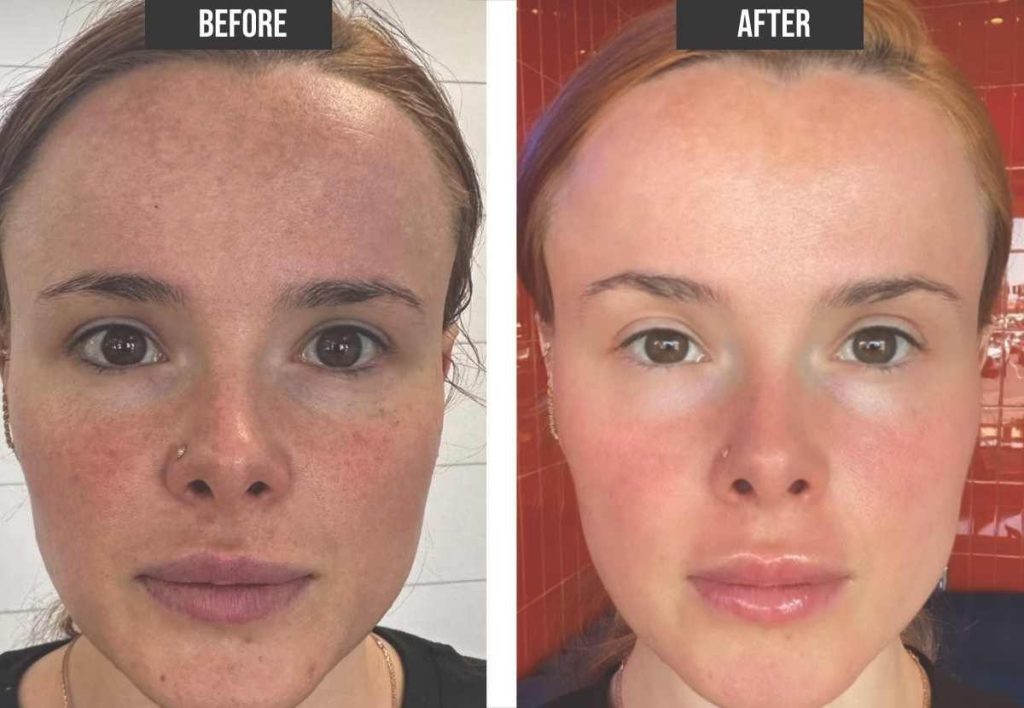
Curious about how real plasma fibroblast before and after results actually look? You’re not alone. As someone who’s worked with advanced skin rejuvenation treatments for years, I’ve seen firsthand how this non-surgical procedure can visibly tighten skin, reduce wrinkles, and restore confidence — but only when done correctly, with proper expectations.
In this complete guide, I’ll walk you through everything you need to know before getting plasma fibroblast therapy — from the science behind it, to what to expect in the healing process, and of course, real-world before and after photos of plasma fibroblast results. If you’ve been on the fence or are doing deep research before committing, this is the blog you’ve been looking for.
Table of Contents
What Is Plasma Fibroblast Therapy?
Plasma fibroblast therapy is a non-invasive cosmetic procedure designed to tighten, lift, and rejuvenate the skin. It works by delivering a controlled plasma arc — a tiny electrical discharge — just above the skin’s surface. This arc heats and contracts targeted skin tissues, stimulating fibroblast cells and triggering natural collagen production during healing.
Think of it as a needle-free way to mimic the effects of a surgical eyelid lift or skin tightening, but without the downtime, scars, or high cost. It’s commonly used on:
- Upper and lower eyelids (non-surgical blepharoplasty)
- Smile lines and lip wrinkles
- Jawline and neck sagging
- Stretch marks and acne scars
Compared to microneedling, CO2 lasers, or surgical facelifts, plasma fibroblast delivers visible results faster, with less invasiveness. That said, it’s not a miracle — and as we’ll see later, not everyone is an ideal candidate.
Why ‘Before and After’ Photos Matter
If you’re like most people researching this treatment, you’ve probably searched plasma fibroblast before and after on Google or Pinterest just to see if the results live up to the hype. That’s smart — because visual proof tells you:
- How the skin actually looks at each healing stage
- What level of lift or wrinkle reduction is possible
- How realistic your expectations should be
- Whether the procedure suits your specific skin type or concern
In the next section, I’ll break down real before-and-after images of plasma fibroblast treatments — from the eyes and eyelids, to the jawline, neck, and even scar areas — so you can get a full understanding of what to expect.
Plasma Fibroblast Before and After Gallery
The best way to judge the effectiveness of plasma fibroblast treatment is to see the results for yourself. Below are real plasma fibroblast before and after photos across different treatment zones, timelines, and skin types. These images represent realistic, professional results after proper healing.
Note: These photos are for educational purposes and were provided by certified professionals or real users (with permission). Individual results may vary depending on age, skin type, and adherence to aftercare.
Plasma Fibroblast Under Eyes – Before and After
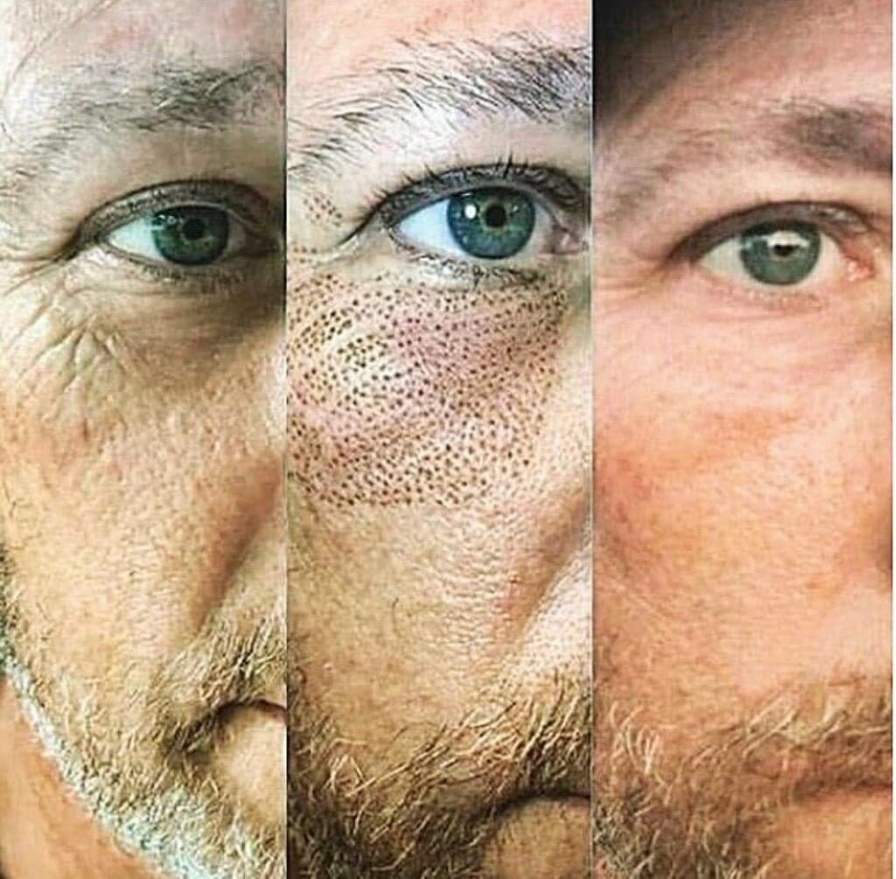
This treatment is often used as a non-surgical eyelid lift. In this image, notice how the lower eyelid appears firmer, the under-eye bags are reduced, and the fine wrinkles are softened — all without scalpels or sutures.
Jawline and Neck Tightening – Before and After
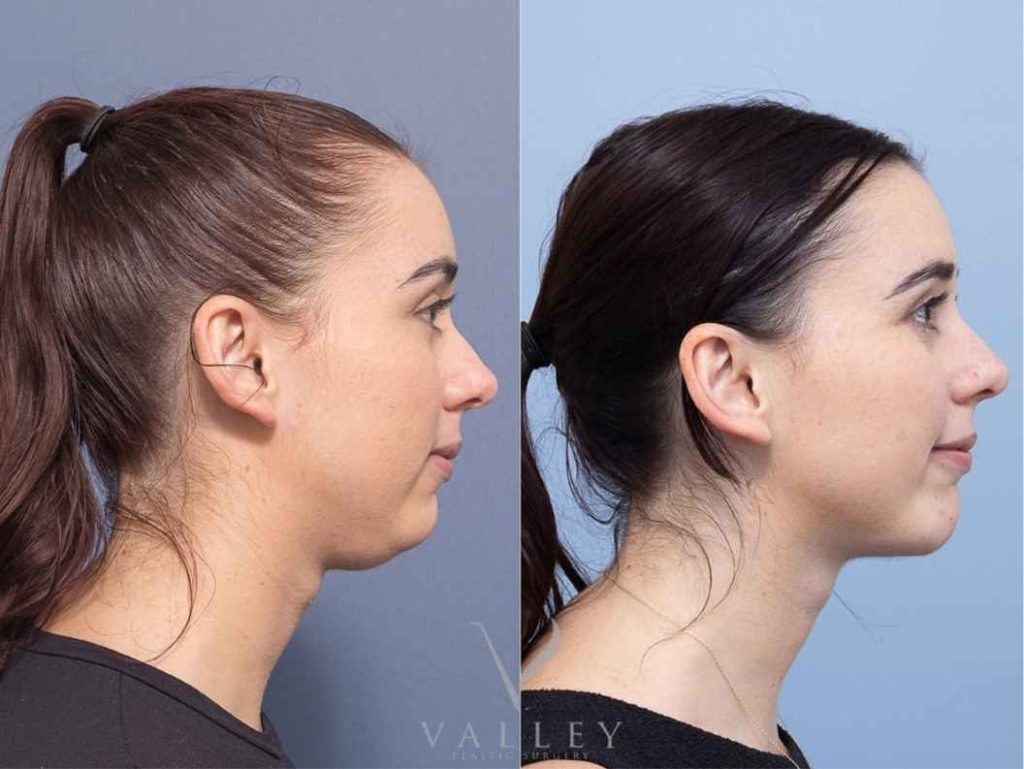
The fibroblast arc is ideal for tightening loose skin under the chin and along the jawline. In this case, you can see a visible lift and reduction in the ‘turkey neck’ effect — one of the most requested areas for plasma treatment.
Upper Lip Lines – Before and After

Often called ‘smoker lines’ or ‘barcode lines’, fine lip wrinkles are a common aging concern. Plasma fibroblast helps reduce these etched lines without fillers. This image shows improvement after just one session, with deeper lines softened visibly.
Scars and Skin Texture – Before and After
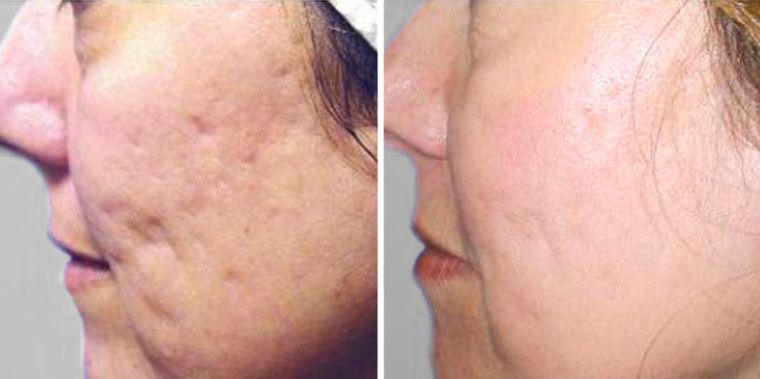
Plasma fibroblast is increasingly used to treat shallow acne scars, stretch marks, and uneven skin texture. In this image, the treated area shows smoother texture, reduced pigmentation, and tighter surface skin after full healing.
Healing Stage Timeline – What It Really Looks Like
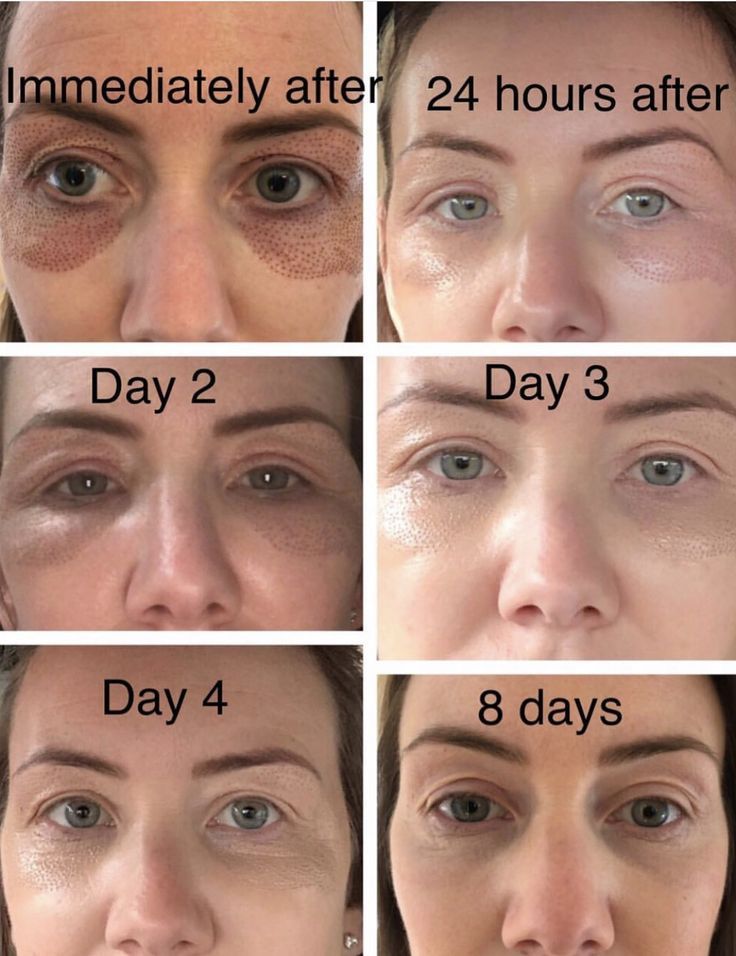
Many people are afraid of what the skin looks like during recovery. Here’s a step-by-step healing visual. You’ll see small carbon crusts around Day 2–5, followed by flaking, and finally new skin resurfacing by Day 10–14. Expect slight pinkness for a few weeks depending on skin tone and care.
Whether you’re looking to treat droopy eyelids, sagging neck skin, or stubborn lip lines, these before and after plasma fibroblast photos show what’s realistically achievable — with the right provider and patient compliance.
How Plasma Fibroblast Works

Plasma fibroblast therapy uses a controlled plasma arc (an ionized gas discharge) to create tiny micro-injuries on the skin surface. This process doesn’t cut the skin — instead, it lightly burns the epidermis in a pixel-like pattern, causing the tissue to contract and stimulating fibroblasts to produce new collagen and elastin during healing.
The result? Skin tightening, smoothing, and improved texture without needles or surgery.
The Science Behind It
- Fibroblast Cells: These are the cells responsible for collagen and elastin production. Stimulating them means better skin structure and elasticity.
- Plasma Arc: A small device delivers an arc just above the skin, causing thermal disruption (controlled injury) to kickstart regeneration.
- Micro-crusting: The brown dots or “carbon crusts” that form are a result of the plasma arc — and they fall off naturally as the skin heals.
Plasma Fibroblast Healing Timeline: What to Expect Week by Week
One of the most common concerns I hear is: “What does healing actually look like?” Here’s what a typical recovery process looks like after a plasma fibroblast session:
Day 0 – The Treatment Day
- Skin is numbed with a topical anesthetic
- Tiny scabs form immediately at each contact point
- Slight redness and swelling (especially near the eyes or lips)
Days 1–5 – Swelling and Carbon Crusts
- Swelling peaks around Day 2 (eyes may appear puffy)
- Brown dots (carbon crusts) remain visible
- No makeup or harsh products — keep skin clean and dry
Days 6–10 – Flaking and New Skin
- Crusts naturally fall off — don’t pick them
- New skin underneath may look pink or lighter
- Start gentle hydration and barrier repair creams (as advised)
Weeks 2–4 – Strengthening Phase
- Collagen continues forming beneath the surface
- Skin tone normalizes and tightness becomes more visible
- Protect with SPF daily to prevent post-inflammatory pigmentation
Month 2–3 – Final Results
- Full results are visible after 6 to 12 weeks
- Skin appears firmer, lines are softened, and texture is more even
Note: The healing timeline may vary based on age, skin type, treatment area, and adherence to aftercare protocols.
Who Is a Good Candidate for Plasma Fibroblast?
While plasma fibroblast is a non-invasive treatment, it’s not for everyone. Here’s how to know if you’re a good candidate:
Ideal Candidates
- Fitzpatrick skin types I–III (fair to light-medium skin tones)
- Mild to moderate wrinkles or sagging
- Good health with no active skin infections or autoimmune issues
- Willing to follow aftercare and healing instructions closely
Not Recommended For:
- Darker skin tones (Fitzpatrick IV–VI) due to risk of hyperpigmentation
- People with keloid scarring history
- Pregnant or breastfeeding individuals
- Active acne, eczema, rosacea, or open wounds in the area
If you’re unsure where you fall, consult a licensed skin specialist who has experience treating your skin type. A patch test or alternative recommendation (like microneedling or chemical peels) may be more appropriate.
Benefits and Risks of Plasma Fibroblast Treatment
Key Benefits
- Noticeable skin tightening without surgery
- Reduction in fine lines, wrinkles, and crepey texture
- Minimally invasive with short downtime
- Affordable compared to surgical alternatives
- Safe for many treatment zones (eyes, neck, lips, scars)
Potential Risks & Side Effects
- Swelling and visible scabbing for 5–10 days
- Temporary redness or skin sensitivity
- Hyperpigmentation, especially in darker skin tones
- Scarring (rare, but possible with improper aftercare)
- Infection if crusts are picked prematurely
Most side effects are temporary and avoidable with proper hygiene and sun protection. Still, it’s important to use a licensed, experienced provider who understands skin type risks — especially for Fitzpatrick IV–VI tones.
Real User Stories and Reviews
Plasma fibroblast is growing in popularity because it works for the right candidate — but what do real people say? Here are a few highlights from community forums and review sites:
“My under-eye bags were gone in three weeks. It looked worse before it got better, but the result was better than Botox.” — Sarah R., Reddit
“The healing freaked me out at first, but the scabs fell off by Day 7. I did my neck and jawline and saw a visible lift after one month.” — Lina T., RealSelf
“I wish someone warned me about sunscreen. I got post-inflammatory pigmentation, but it faded over a few months.” — Anonymous, Quora
The consensus? Manage your expectations, follow aftercare, and results will come — typically by weeks 6 to 10.
FAQ: Plasma Fibroblast Before and After Questions
How long do results last?
Results typically last 2–3 years, though lifestyle and skincare habits can affect longevity. Maintenance sessions may be needed every 12–18 months.
How many sessions will I need?
Most clients see visible improvement after one session. Moderate to deep wrinkles may require 2–3 sessions spaced 8–12 weeks apart.
Does it hurt?
A topical numbing cream is applied, so the treatment is tolerable. Most describe it as a warm or prickly sensation.
Can it be used on darker skin?
It’s not recommended for Fitzpatrick skin types V–VI due to higher risk of hyperpigmentation or scarring. Always consult a provider experienced with diverse skin tones.
How much does plasma fibroblast cost?
Pricing varies by treatment area and provider. Small zones (like under eyes) may cost $250–$500, while full face or neck treatments can range from $800–$1,500.
Alternatives to Plasma Fibroblast Treatment
Not sure if plasma fibroblast is right for you? Here are some alternatives worth considering:
- Microneedling (with or without PRP): Great for texture and scars, safe for all skin types
- CO2 Laser: Deeper resurfacing, higher cost and downtime
- Radiofrequency (RF) Skin Tightening: Gentle and cumulative tightening, no crusting
- Ultrasound (Ultherapy): Best for deeper tissue lifting, often more expensive
Each method has different healing profiles, costs, and benefits. A skin consultation will help you decide the best approach based on your goals, skin type, and tolerance for downtime.
Is Plasma Fibroblast Worth It?
If you’re looking for a powerful, non-invasive way to lift, tighten, and rejuvenate your skin — plasma fibroblast before and after results speak for themselves. This treatment offers impressive benefits without surgery, especially around the eyes, neck, and lips. But it’s essential to go in with realistic expectations, choose a qualified technician, and follow post-care religiously.
Thinking about trying it? Browse trusted professionals and exclusive offers on TruDeals.com and discover expert-vetted aesthetic providers in your area.
Have questions? Drop them in the comments or check our downloadable post-care checklist below.
Discover Proven At‑Home Spa Treatments for Relaxation & Glow
Author: TruDeals Skincare Team
Published: August 2, 2025
Download: Plasma Fibroblast Aftercare Guide
Want to make sure you’re healing the right way after your treatment? We highly recommend downloading this detailed guide from a licensed aesthetic provider. It outlines exactly what to do after your session — from day 1 to week 3.
